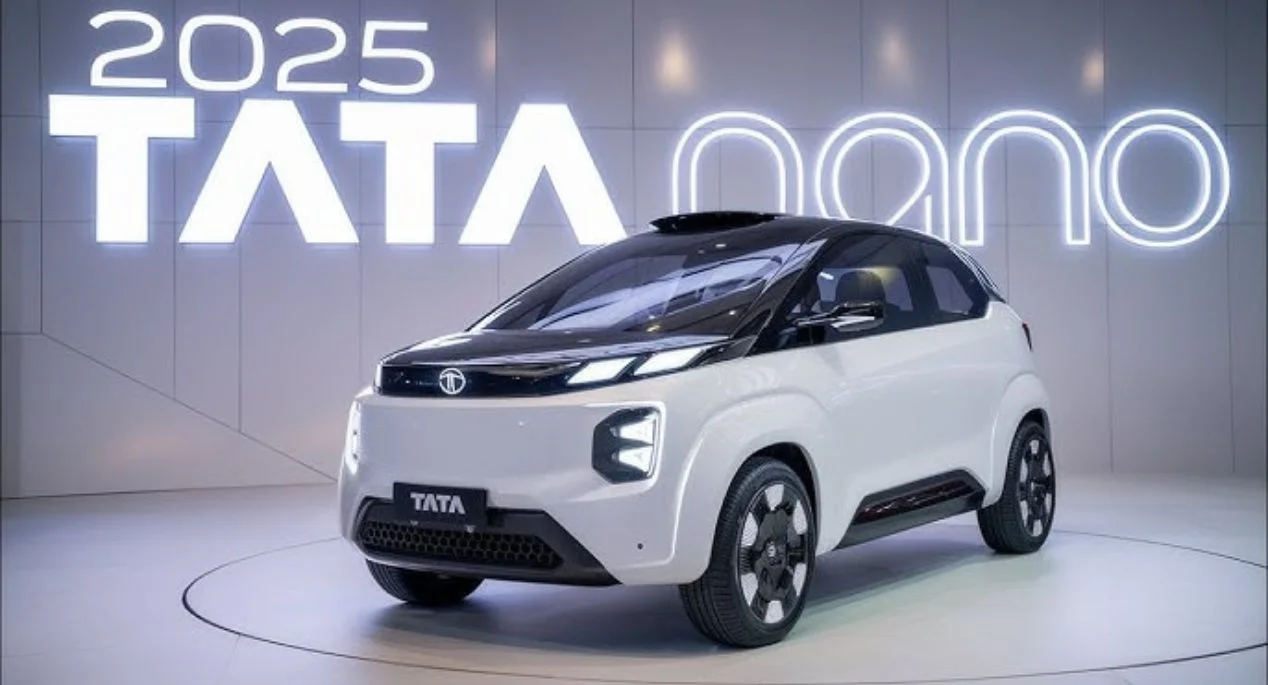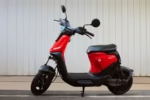The Tata Nano, once hailed as the world’s cheapest car, is making a comeback—this time in an all-new electric avatar. After its initial success in making car ownership accessible to many families in India, the Nano faded out of the market. However, with the growing popularity of electric vehicles (EVs) and the need for more sustainable transportation options, Tata Motors is reviving the Nano in a form that’s both eco-friendly and perfect for city driving. Let’s explore what makes the Tata Nano EV a potentially game-changing vehicle.
A Modern Rebirth of an Icon
The original Tata Nano became synonymous with affordability and practicality. Its compact size and budget-friendly price tag made it an appealing choice for those looking to own a car without breaking the bank. Despite its initial success, the Nano eventually lost traction in the market. Now, Tata Motors is seizing the opportunity to bring the Nano back as an electric vehicle, catering to the growing demand for clean, efficient urban transportation.
Key Features of the Tata Nano EV
The Tata Nano EV is expected to come equipped with a small yet efficient electric motor, making it an ideal choice for short, daily commutes in crowded cities. The car is likely to offer a driving range of around 150 to 200 kilometers on a single charge—perfect for those who primarily use their car within city limits. It’s expected that the Nano EV will support home charging setups, and possibly fast charging options, providing convenience for urban drivers.
Design
While the Nano EV will retain the familiar compact and cute look of the original Nano, there will be some modern updates to enhance its appeal. Expect sleeker headlights, a refreshed front grille, and an upgraded interior, which may include a modern digital dashboard. These updates aim to keep the Nano EV small, easy to park, and practical for city living, while incorporating contemporary features that attract younger buyers.
Affordable Electric Mobility for the Masses
One of the most exciting aspects of the Tata Nano EV is its expected affordability. Tata Motors has always been known for offering budget-friendly vehicles, and the Nano EV is expected to be one of the most affordable electric cars in India. With a price range likely between ₹4 lakh and ₹6 lakh, the Nano EV could provide an accessible path to electric mobility for families, young professionals, and first-time car buyers.
The Impact of the Nano EV
With India’s ongoing push for electric vehicles, better charging infrastructure, and government incentives, the Tata Nano EV could play a significant role in reducing pollution and making electric cars more accessible. Its compact size, ease of use, and eco-friendly credentials make it an ideal vehicle for city dwellers looking to embrace a more sustainable lifestyle. The Nano EV’s arrival could mark a significant step toward a cleaner, smarter future for urban transportation.
The Tata Nano EV is set to bring the best of both worlds—nostalgia and innovation. By combining the original Nano’s charm with the advantages of electric power, Tata Motors is preparing to revolutionize affordable urban mobility. As we await its official release, one thing is clear: the Nano EV could help make electric cars more accessible and contribute to a cleaner, greener future.
FAQs
When will the Tata Nano EV be launched in India?
While Tata Motors has not announced an official launch date, the Nano EV is expected to arrive within the next few years as part of the company’s expanding EV lineup.
How much will the Tata Nano EV cost?
The price of the Nano EV is not confirmed, but it is expected to be priced between ₹4 lakh and ₹6 lakh, making it one of the most affordable electric cars in India.
What is the range of the Tata Nano EV?
The Nano EV is expected to offer a range of around 150 to 200 kilometers on a full charge, making it ideal for daily city commutes.
Will the Nano EV support fast charging?
There is a possibility that the Nano EV will support fast charging, though even without it, the small battery size should allow for quicker charging times compared to larger electric vehicles.




